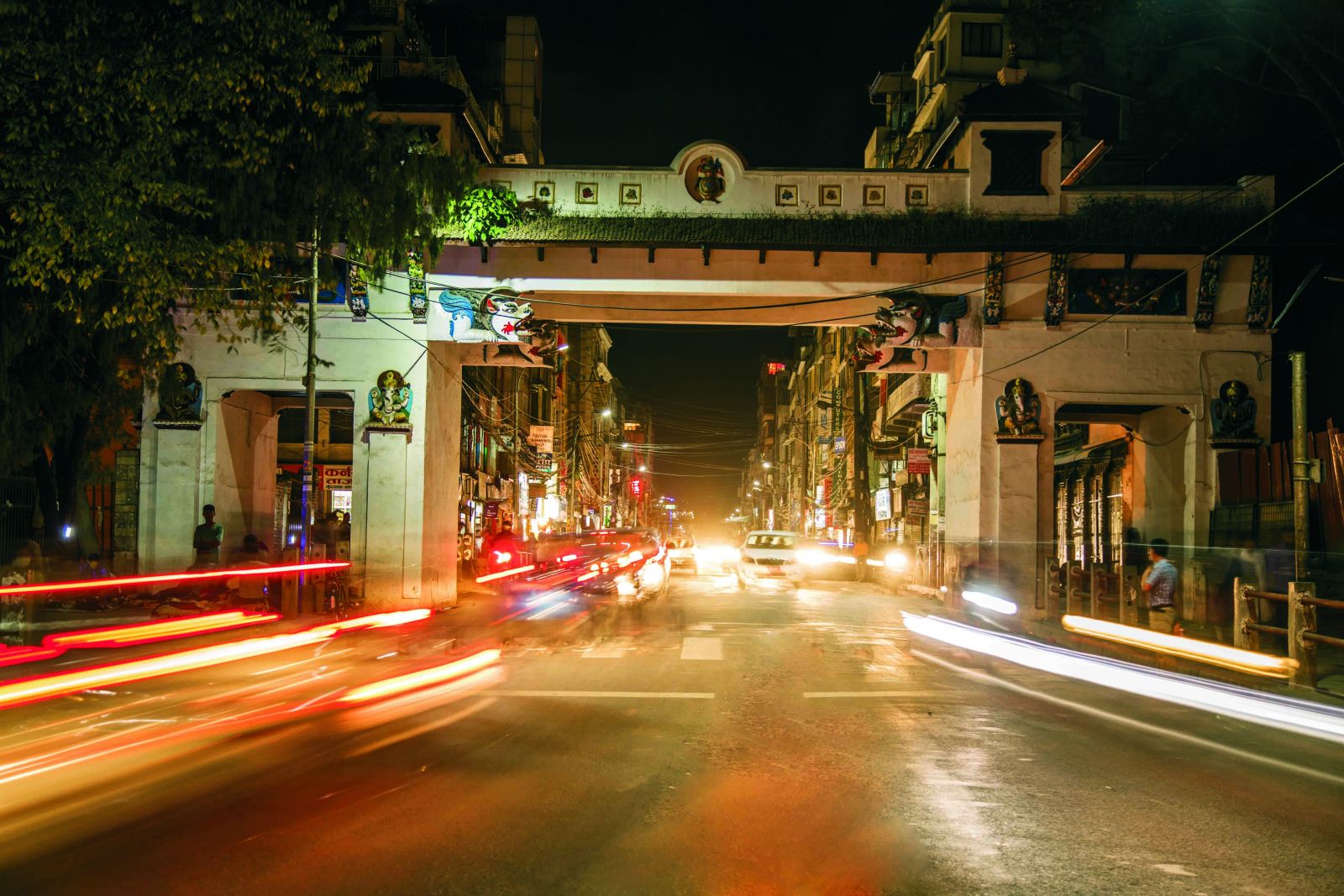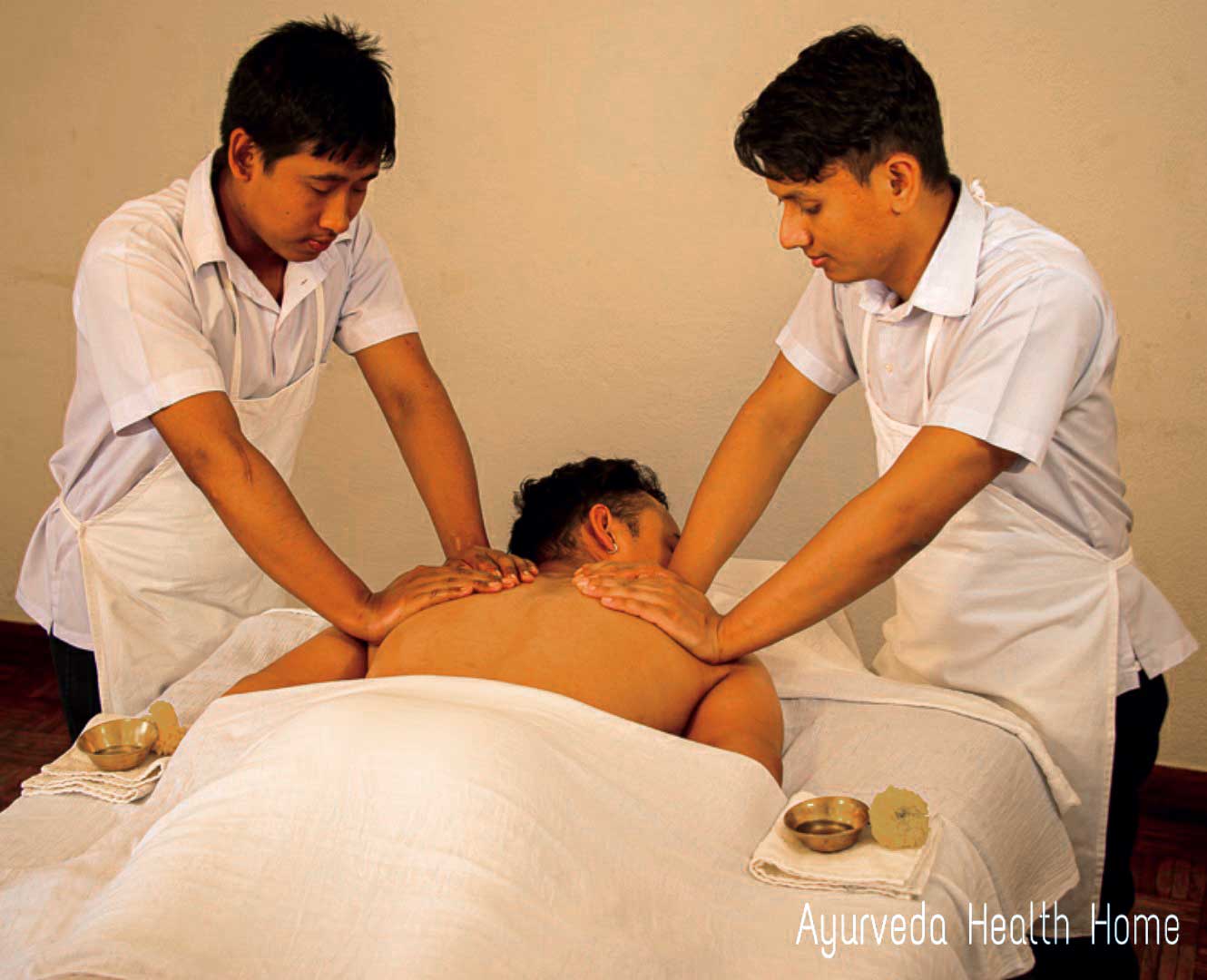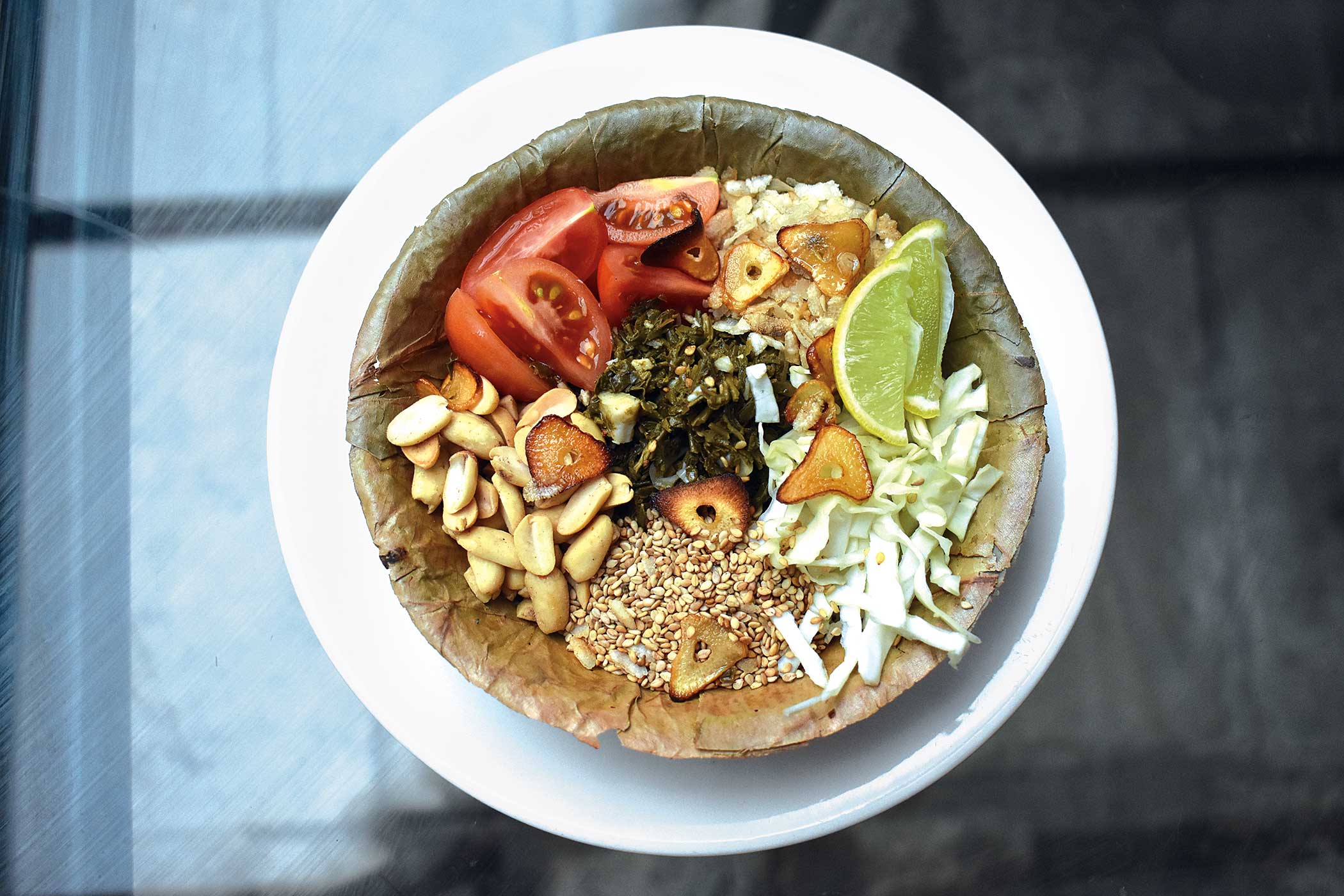Still very much the Heart of Kathmandu
Among the many indelible images after the royal massacre on June 1, 2001, is one that reflects the despondency of the country and the shroud of mystery hanging over an event so unimaginable as to baffle the senses. The newly-crowned Gyanendra, the thirteenth Shah king of Nepal, riding back from Hanuman Dhoka in the royal chariot—with soldiers in full battle gear on both sides of the road, their guns at the ready for any untoward incident—was a haunting sight to say the least. As the chariot made its way towards the well-known gateway of stone and concrete, the road that fairly teemed with life at all times of the day was uncannily silent, with a few spectators lining the curbs from whose midst emitted a few desultory claps.
Flash forward to October 2017. The long holiday of Dashain is over. However, many of the reportedly twenty or so lakh people who have left the capital for their home towns and villages to spend Dashain with their families, have yet to return, and so the streets of Kathmandu still have not regained their usual chaotic state. Yet, as I drive through the stone and concrete gateway on my trusted motorbike on a Saturday, the famous road ahead is packed with vehicles of all sorts, the shops are all open, and the pavements are full of eager customers.
This road is like that. In reality, it is truly the very heart of the capital. One should say, it still is the heart, since with the rapid expansion of the metropolis there are many other localities now that blatantly claim that honor. Not so, as validated by the teeming crowds even on a Saturday, even with the capital still not fully peopled. Tihar is round the corner, and that’s one of the reasons for this road—a historic one leading to one of the country’s most significant world heritage sites, and once upon a time, with the first and only supermarket at its far end— having such an air of vibrancy.
Real estate around this road is the most expensive in the country, and rents are sky-high. Perhaps this is why, today, the road is lined mostly with shops displaying glittering gold, silver, and diamond jewelry. Maybe they are the only ones who can afford to pay such rents! Many of the old landmarks, which were so familiar to everyone, from locals to anyone coming from outside, are gone. Where once one of the oldest, and the most popular, cinema halls stood, now stands a mammoth shopping mall that has practically shut out natural light in that area.
The alley joining it with the main road is as narrow as ever, and still as famous for its soda pop as is the huge peepal tree at the junction in the road. This tree was once the meeting point for all those from outside the city, particularly used as a rendezvous point by youthful and not-so-youthful radicals and revolutionaries on a tryst with other like-minded individuals, all plotting and planning endlessly on how to usher in democracy into the country and get rid of the absolute Panchayat rule of the time.
Yes, indeed, this road holds many historical truths. In the 1960s, it led to one of the most well-known streets in the world, especially in the world of hippies, which was quite aptly nicknamed, Freak Street. The main road itself had a far more historically significant name than it had later, and which it is still known as today. Its original name was after one of the better known Shah kings, and the fire brigade station at the end of this road is also named after the said king. However, with the advent of modern times, it was felt by the powers-to-be that the road deserved a more modern nomenclature, and was so named as to clear any doubts about it being a road of the new times.











